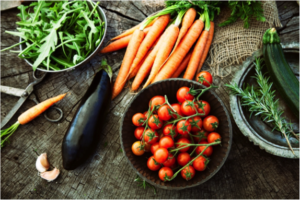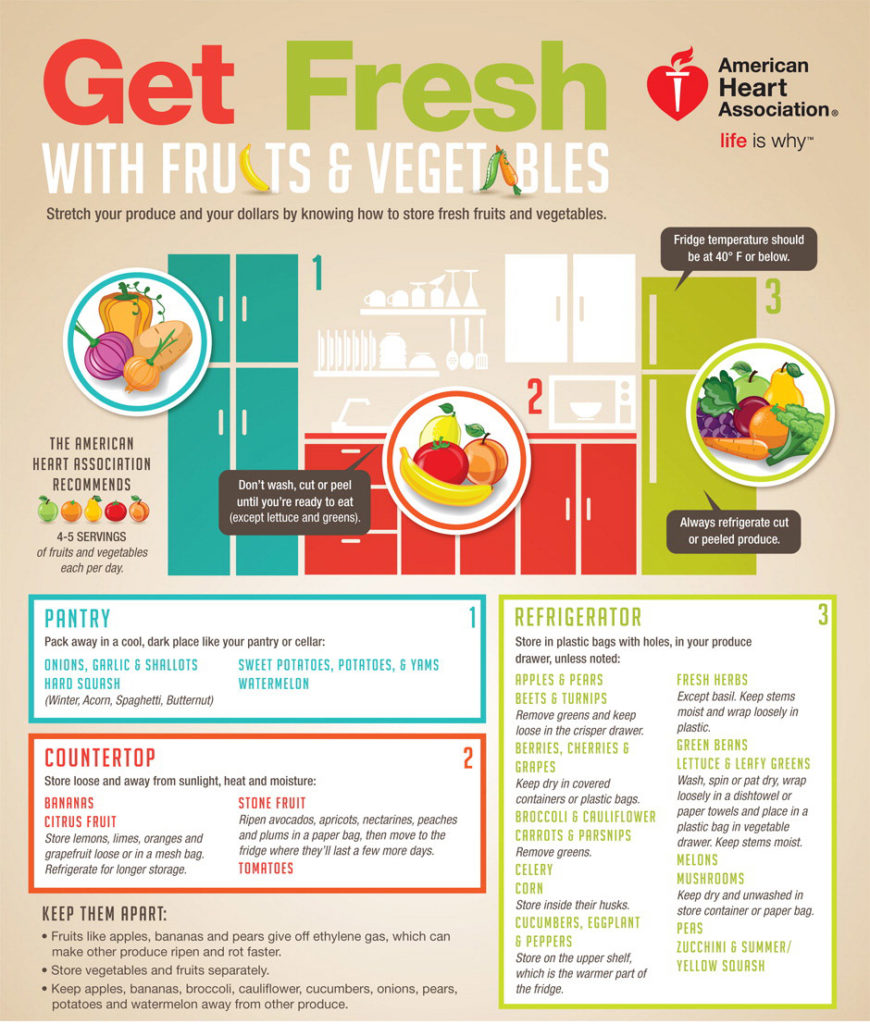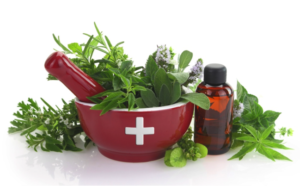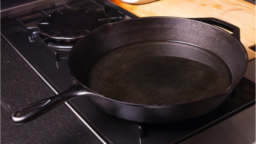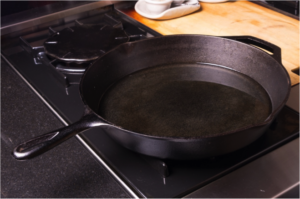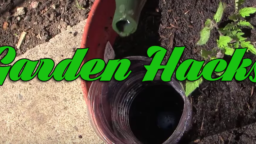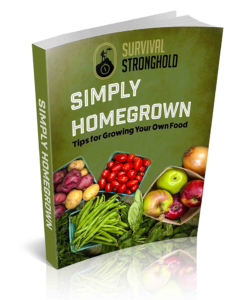It’s often much easier for adults to embrace the homesteading lifestyle, because they are able to look at their life as a whole picture and consider the benefits. But children don’t have the same perspective, and their point of view tends to be more immediate. In order to help kids learn to love a self-reliant lifestyle, there are many ways that homesteading families include them in their decisions and dreams for the future. One of those is to give kids survivalist role models to look up to, and there are many classic children’s books that can offer just that.
From The Swiss Family Robinson to My Side of the Mountain, many of us remember reading these classic stories of survival against the odds. Here are a few other great stories that your kids may love:
• Island of the Blue Dolphin: This book by Scott O’Dell tells the story of a young Native American girl who must survive on her own for more than 18 years on a deserted island.
• The Hunger Games: While this YA trilogy by Suzanne Collins covers a far greater story than just a tale of survival, older children may find this story more relatable. Katniss and the other Hunger Games participants are forced to use what they know to survive in an enclosed wilderness with almost no supplies.
• Hatchet: Published in 1987, this Gary Paulsen book is one of the quintessential Newberry books that tells the story of a teenage boy who must survive in the Canadian wilderness after a plane crash. The series includes adventures such as learning to create his own shelter, and even fighting a bear.
With books like these to fill your child’s library, homesteading parents could easily get their children just as excited as they are about their new self-reliant lifestyle.


